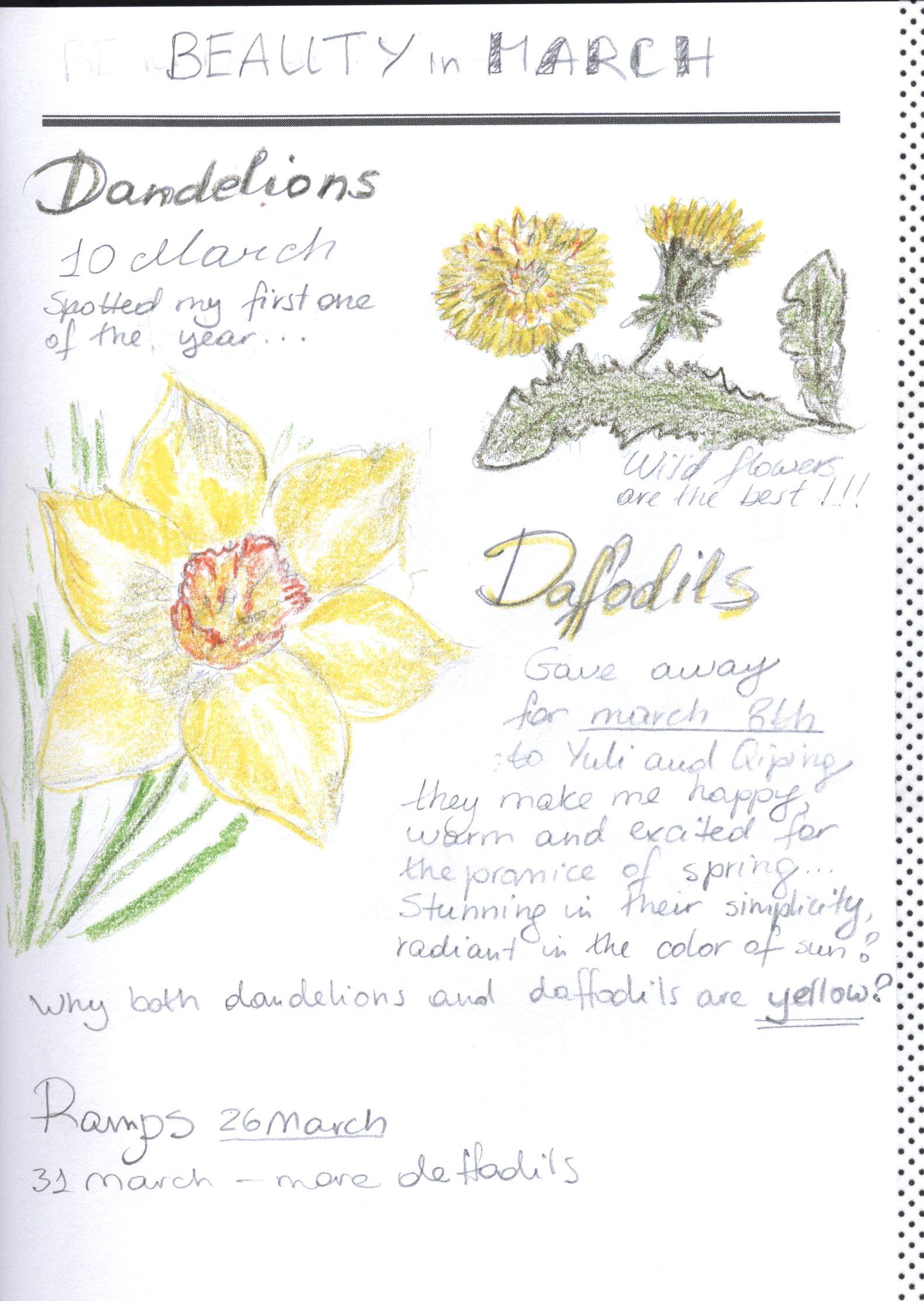
On a sunny spring day, I found myself standing in the middle of the garden, a tomato plant in my dirty hands. I already got the plant out of the container, when I realized that I forgot to look into my garden plan to see where to put the said tomato.
At first, I panicked. Do I go back inside my house and try to find the garden plan? (I have no idea where I last saw it.) I would have to go through my desk drawer with hands that are dirty. I come back to my senses, dig a small hole and gently plant the tomato. Sorry garden plan, I will find you later.
After years of gardening, I have tried different methods of planning the garden – and sometimes I do not adhere to the planning I do. In the excitement of spring, it is so easy to get overwhelmed, so let’s plan together! (If you already have a garden plan, pat yourselves on the back and share you stories with us.)
There are many ways to plan your garden. You can go a high-tech route and use a software program (personally, that is the road I have not traveled). On the other hand, you can do total analog and draw your plan on paper in your garden journal (that process is a separate blog post that will be coming your way soon).
Like with many things in life, the planning of garden is not “one size fits all”. Please try different methods and see what will work for you. Before you get overwhelmed about the suggestions that follow, please remember that it is going to be as simple or as hard as you make it. I suggest to keep it simple and fun. When in doubt, just plant it and see what happens!
-Write down things you would like to grow this year in your garden journal (it could be as simple as a notebook or an elaborate expensive journal, totally up to you). What do you like to eat? Are tomatoes your thing? (They are totally my thing.) Do you like peppers, or do you love to cook with fresh herbs? Do you have a dream of opening canned salsa in the middle of winter that you made yourself? Do you, or someone you know, have a weeding or a big birthday party in summer or fall, and you want to grow some pretty flowers to give to them? Write the ideas down. Again, have fun, dream big!
-Now that you have an idea of what you want to grow, the next step is to prioritize and decide on how much to grow. It is tricky, because when you are starting out you may not know how much the vegetables will produce. Guess-timate (I am a scientist, and I still deeply appreciate the power of guess-timation – use it)! It doesn’t have to be as complex as a calculus problem. For example, if you absolutely love fresh tomatoes, and if you plan to eat 3 tomatoes every day – or if you want to preserve them by canning, making salsa, etc. – I recommend you grow more tomatoes. Start with a couple plants of each tomato variety because some are better for canning than others. I love sausage heirloom variety for canning; they are also excellent for eating fresh)– two tomatoes with one stone…). Some tomatoes are excellent for fresh eating and have fun colors. I love to grow purple cherry and Indigo blue for the fun purple color in summer salads. Again, this is all up to you!
-Now decide if you are starting from seeds. You can read my musing on why I start from seeds on my personal blog here. You can also find a great method to grow tomatoes on my blog (are you surprised?). To simplify, you could start with already grown plants, better known as transplants. The Athens Farmers Market has a multitude of transplants available to choose from. For seed, I recommend checking our local seed savers (a book done by CFI) to see what varieties are available locally. For example, you can hit me up for some fun tomato seeds that have been growing in Athens County for 60 years! Also check places like White’s Mill, Pharmacy and Cool Digs for the seeds saved by your neighbors and distributed by Ridge and Hallow Seed Alliance (another CFI shoutout). National seeds are available in many seed catalogs, and what gardener does not have those colorful glossy things, to help them survive Ohio winter? I have a few favorites: Seed Saver Exchange, Baker Creek, and Ohio Heirlooms. I have purchased from these companies before and loved their seeds. Please keep in mind, seeds collected in our area will do better in your garden. Also, the sited like seedsavers.org has a plethora of helpful and useful info on many gardening topics – dig it!
-Next question is: When do you start growing? I have been using this online guide as a template in my own gardening. Please keep in mind that we are due to have a frost until May 10th this year; I know it is hard to believe with the balmy temperatures, but we will. I curb my enthusiasm and wait until Mother’s Day (May 14, this year) to plant my tender plants in the garden, like peppers, tomatoes, eggplants, and cucumbers. If you are super enthusiastic and start too early, the soil has not warmed well, and your plants will not do well or grow until the soil gets warmed up. In my own garden, if I plant too soon, the hungry critters, like rabbits and deer, will help themselves to my tomato and pepper transplants – not a happy day, believe me!
-Adjust your “when to start growing” depending on when you want to harvest. It is very important if you are trying to coordinate canning, for example, to know when to grow. Why? Because your tomatoes may ripen before your peppers, and if you planned on canning salsa at a certain date, the inconsistent timing may become problematic. When you purchase seeds or transplant, it should indicate approximate harvest time. For example, on a tomato variety it will say 80 days from transplants – that means after you plant a plant in your garden expect an estimated 80 days before you start gathering the fruits.
Too much info? No need to panic, just keep it simple and have fun. Remember: When in doubt, just plant it and *seed* what happens!
Abbreviate version found here.
Blog Disclaimer: The views expressed in this blog do not necessarily represent all the views of CFI.

